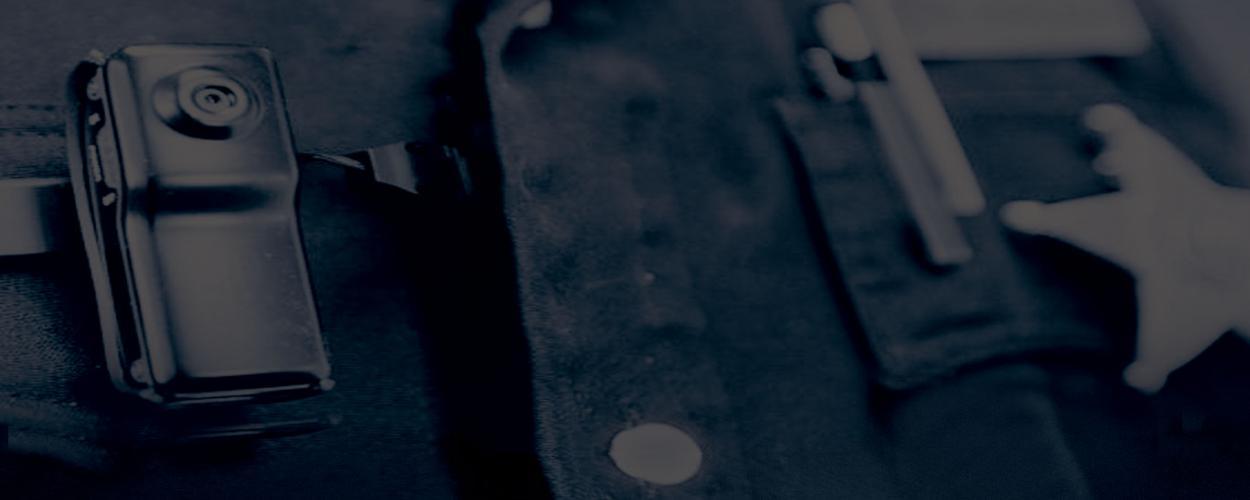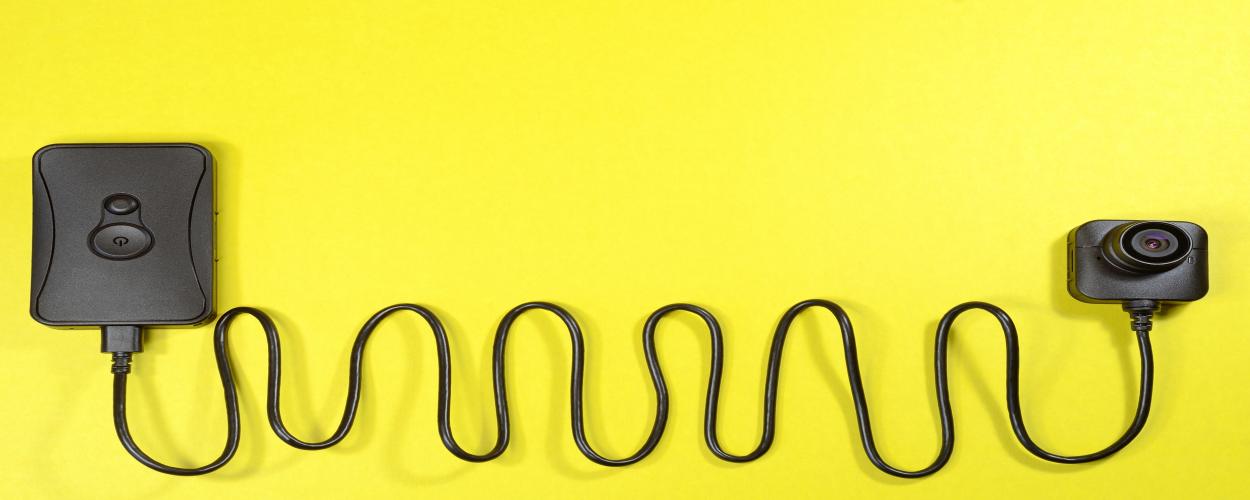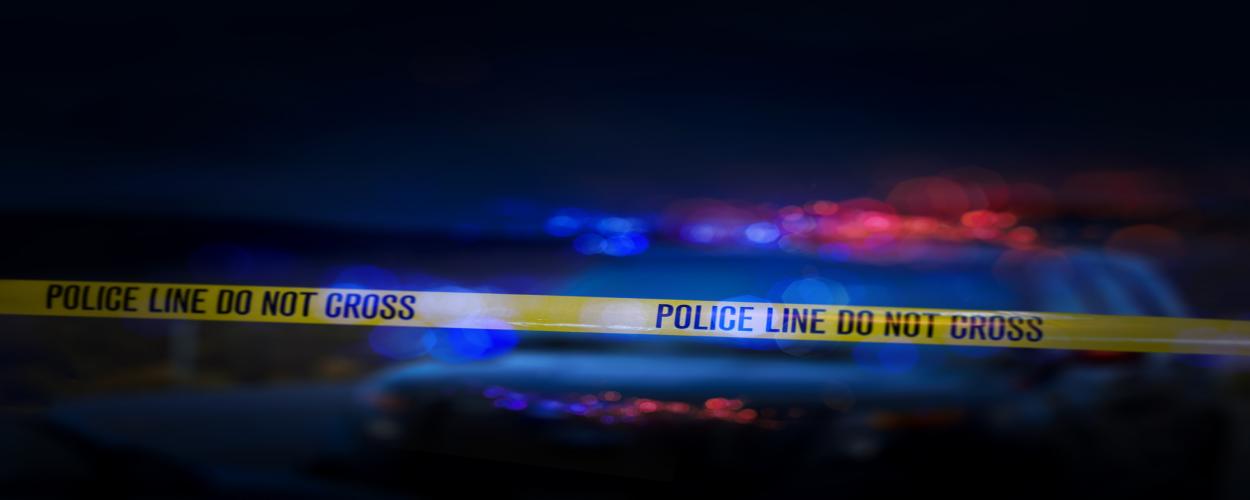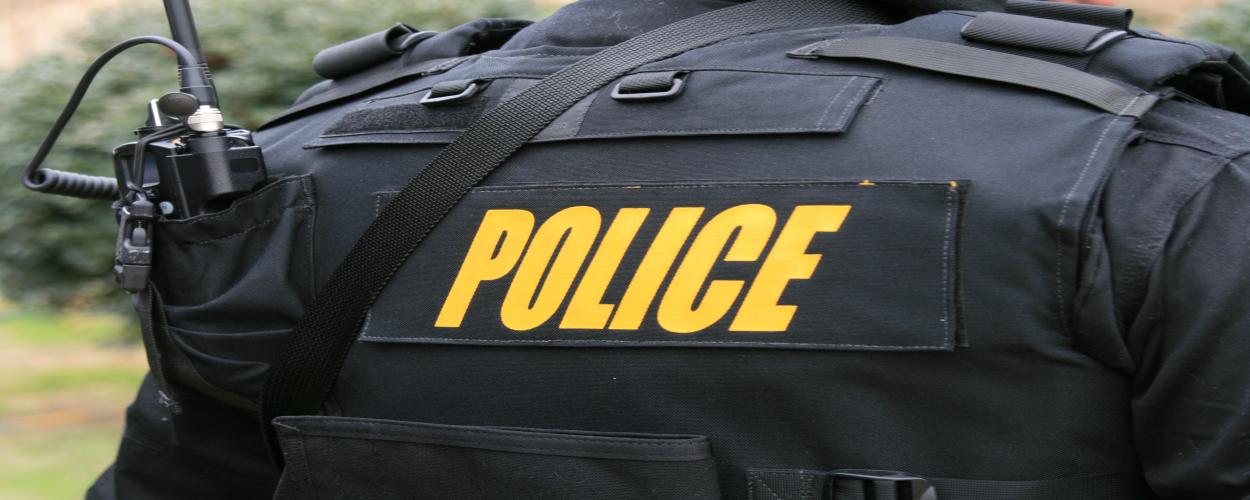Thousands of law enforcement agencies have expanded their use of body-worn cameras (BWCs) to officers in specialty assignments, but some agencies have been reluctant to equip their K-9 handlers with BWCs. Our training and technical assistance team interviewed the following four subject matter experts to get their perspectives on the issue:
• Lt. Ari Morin, Fairfax County (VA) Police Department
• Major Mark Flynn, Maryland Department of Public Safety and Correctional Services
• Sgt. Mike Murphy, El Cajon (CA) Police Department
• Mike McGuinness, City Attorney, Escondido (CA)
In this infographic and accompanying text, we go over the points they discussed.






